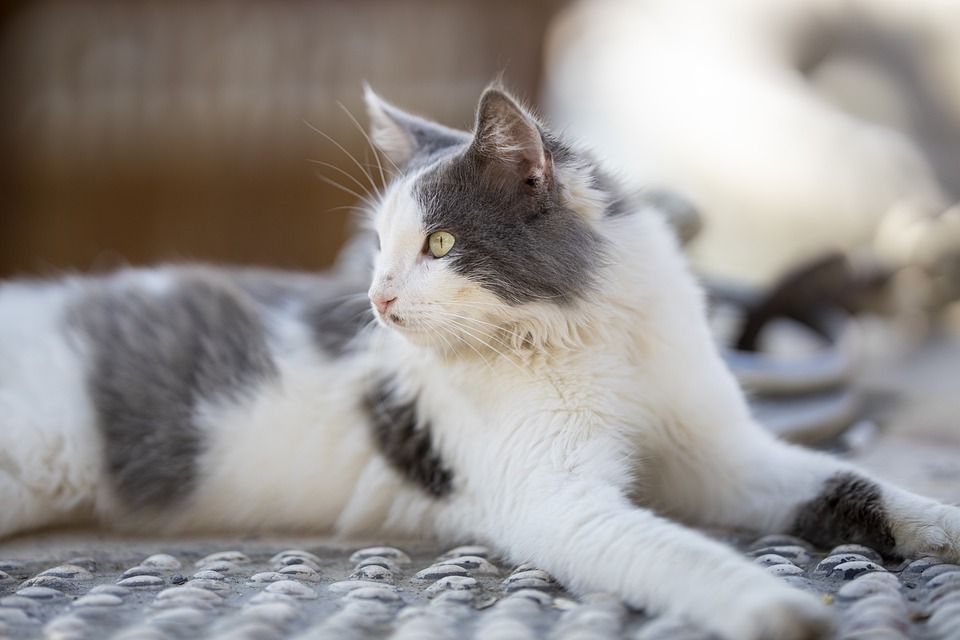Addressing Cat Carrier Aversion: A Guide to Easing Feline Stress
Heading 1: Understanding Cat Carrier Aversion
Cats are known for their independent and sometimes unpredictable nature. While many felines may appear calm in their everyday environment, the mere sight of a cat carrier can trigger anxiety and resistance. This aversion to carriers can make trips to the veterinarian, travel, or even moving homes incredibly stressful for both cats and their owners. In this article, we will explore the reasons behind cat carrier aversion and provide effective strategies to address this issue, ensuring a smoother and less traumatic experience for your beloved furry friend.
Heading 2: Reasons Behind Cat Carrier Aversion
1. Anxiety and Fear: Cats are territorial animals, and the unfamiliar environment of a carrier can trigger anxiety and fear responses. They may associate the carrier with negative experiences such as vet visits or previous stressful encounters.
2. Confined Space: The relatively small size of carriers can make cats feel trapped, triggering their instinct to escape and causing distress.
3. Motion Sensitivity: Some cats may experience motion sickness or discomfort during car rides, associating the carrier with unpleasant sensations.
Heading 3: Strategies to Address Cat Carrier Aversion
1. Positive Association: Gradually introduce the carrier as a positive and rewarding space. Place treats, toys, and soft bedding inside to encourage your cat to explore and associate the carrier with pleasant experiences.
2. Desensitization: Gradually acclimate your cat to the carrier by leaving it out in a familiar and comfortable area. Allow your cat to explore and become accustomed to the carrier’s presence.
3. Open Carrier Training: Start by removing the carrier’s door and using it as a cozy bed. Once your cat feels comfortable, gradually reintroduce the carrier with the door attached, leaving it open to allow your cat to enter and exit freely.
4. Counter Conditioning: Pair the carrier with positive experiences by offering treats or playtime near or inside the carrier. This helps your cat build positive associations with the carrier.
5. Calming Aids: Consider using calming aids such as pheromone sprays or natural remedies to help alleviate stress and anxiety during carrier-related activities.
Heading 4: Frequently Asked Questions (FAQs)
Q1: How can I make my cat more comfortable during car rides?
A: Ensure your cat’s carrier is secure and stable in the car, preferably situated where your cat can see you. Cover the carrier with a blanket or towel to create a dark and cozy environment, reducing visual stimuli. Additionally, play soft classical music or provide a familiar blanket with your scent to help soothe your cat.
Q2: My cat still refuses to enter the carrier, what can I do?
A: Patience is key. Avoid forcing your cat into the carrier, as it may reinforce negative associations. Instead, try using treats, toys, or a favorite blanket to entice your cat. You can also consult with a veterinarian or a professional animal behaviorist for further advice tailored to your cat’s specific needs.
Q3: Are there alternative carriers that may work better for my cat?
A: Yes, there are alternative carrier options available. Some cats may feel more secure in carriers with a top-loading feature or those with removable tops, as it allows them to enter and exit without being lifted or feeling trapped. Soft-sided carriers or carriers that resemble a cozy bed may also be more appealing to some cats.
Conclusion
Addressing cat carrier aversion requires patience, understanding, and positive reinforcement. By employing the strategies mentioned above and gradually desensitizing your cat, you can help alleviate their fear and anxiety associated with carriers. Remember, each cat is unique and may require different approaches, so it’s essential to adapt these strategies to suit your furry friend’s individual needs.








